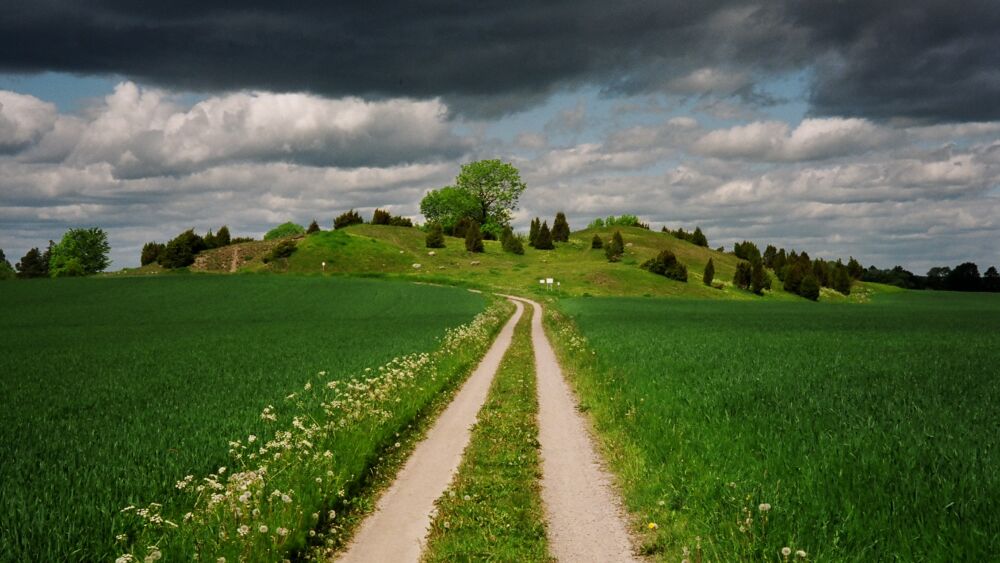The History
Around 1,400 years ago, a man was buried in a boat at Valsgärde, just north of Uppsala. He was laid to rest with weapons, household items, food, horses, and dogs. He was not the first to be buried here – and more would follow in the same tradition. In total, fifteen people – likely men of high social standing, perhaps one from each generation – were buried in boats with weapons, utensils, provisions, and animals. Altogether, the site holds about 80 graves: a mix of chamber graves, coffin graves, cremation graves, and boat graves. The boat and cremation graves date from the Vendel and Viking periods, while the chamber graves belong to the Migration Period and the coffin graves to the late Viking Age or early Middle Ages.
Valsgärde has also attracted international attention. Its similarities to the famous boat grave at Sutton Hoo in England have long been discussed – an echo of the close contacts across the sea during that time. Perhaps this connection stems from the fact that the Anglo-Saxons were originally settlers from Scandinavia, and the king or chieftain at Sutton Hoo wished to show his continued bond with his Nordic roots.
What to experience on site
The burial mounds and surrounding landscape offer beautiful views of the Fyris River. Take your time to stroll among the mounds, listen to the birds, and enjoy the sun-warmed flora of the dry meadows, which make the area worth visiting also from a botanical perspective.
Want to delve deeper into the story? Guided tours of the area are offered by Sweden History Tours and Sport Adventure Travels, bringing the past to life and helping you notice the small details in the landscape that are easy to miss on your own.
See the finds at Museum Gustavianum
The objects uncovered at Valsgärde are not displayed at the site today. Many of them can instead be seen at Museum Gustavianum – Uppsala University Museum in the city centre. Here, you can explore the craftsmanship, weaponry, and everyday artefacts of the Vendel and Viking periods up close. Combine your visit to Valsgärde with a trip to the museum to see the artefacts in person and place the burial site in a broader historical context.

